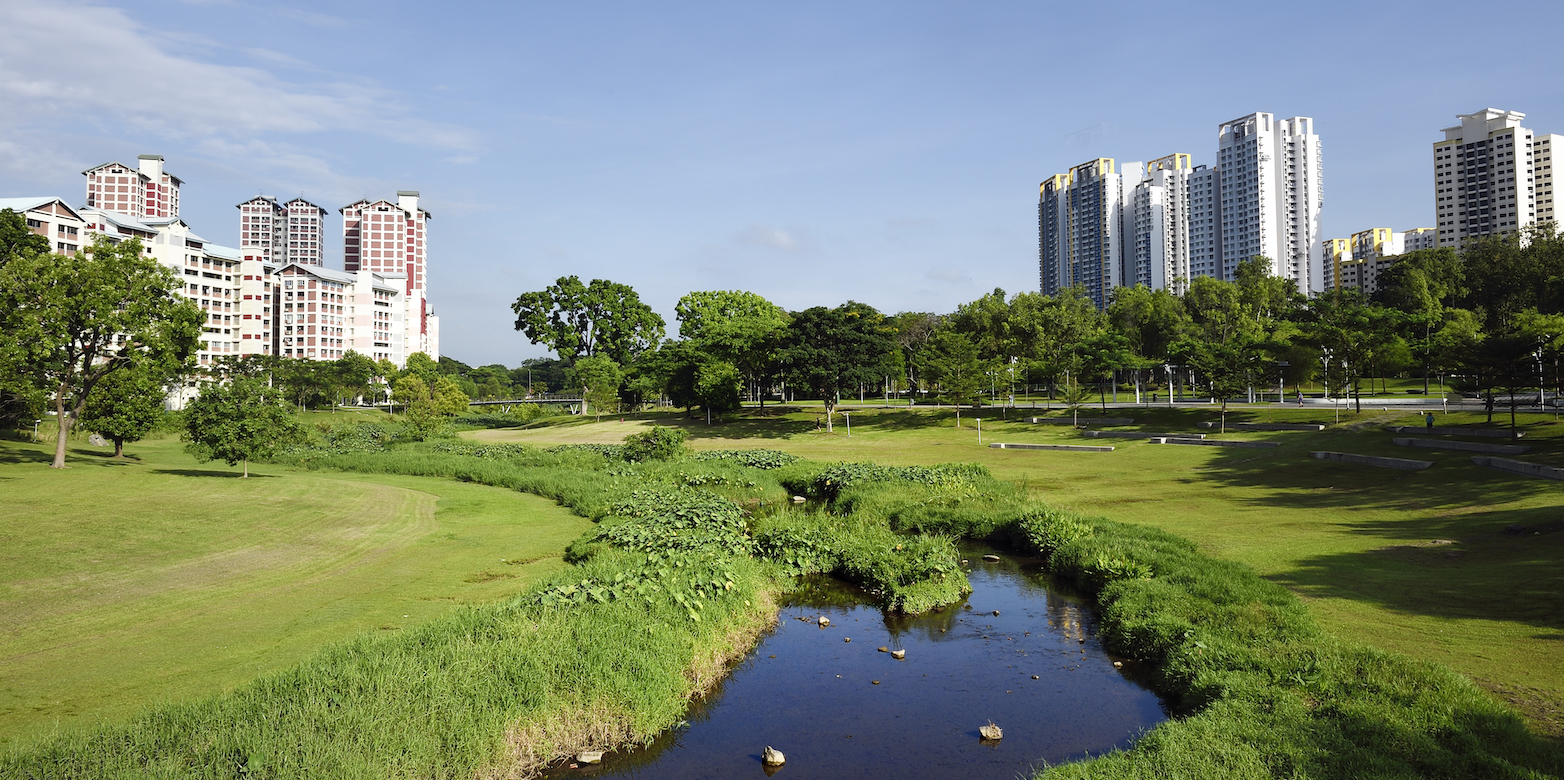Can nature protect us from climate change?
Coastal engineering solutions are the backbone of coastal protection strategies, but nature also provides benefits that could help us mitigate and adapt to climate change, said Assoc. Prof. Dan Friess.

The future impacts of climate change loom large for island nations such as Singapore.
When we think about protecting ourselves from storms and rising seas, we traditionally think about concrete seawalls or increasing the height of reclamations. We often ask: How can we engineer our way to safety?
While coastal engineering solutions are the backbone of any coastal protection strategy, there are other options to mitigate and adapt to climate change, particularly if we utilise the benefits provided by nature.
In the Straits Times commentary external page Looking to nature to protect us from climate change, external page Assoc. Prof. Dan Friess said that Singapore's environment provides a range of ecosystem services, or benefits that the environment provides to people. One ecosystem service is the ability of forests to suck up carbon dioxide. Removing carbon from the atmosphere and locking it up in trees is one way that we can mitigate or offset some of our carbon emissions.
As a lead principal investigator of the Natural Capital Singapore project, Dr Friess works with the team from the Singapore-ETH Centre, National University of Singapore and Nanyang Technological University, in collaboration with the National Parks Board. The team sets out to quantify ecosystem services such as carbon capture, coastal defence, cultural value, and recreation, among others.
He wrote that Singapore's coastal mangrove forests are particularly good at storing carbon because they can lock up huge amounts of carbon in their waterlogged soils over thousands of years. Singapore's mangroves store the equivalent of 1.6 million tonnes of carbon dioxide, despite covering only a small length of the coast.
Nature can complement engineered solutions to combat sea-level rise, and contribute to creating a safe, liveable and "future-proofed" city for the next century and beyond.